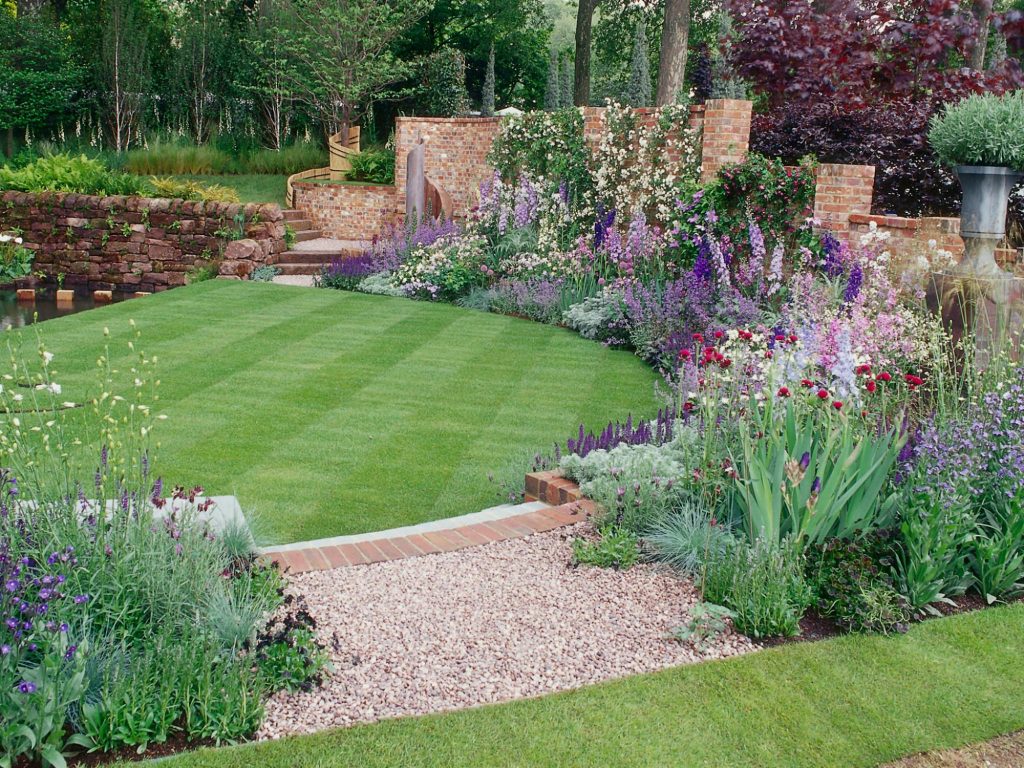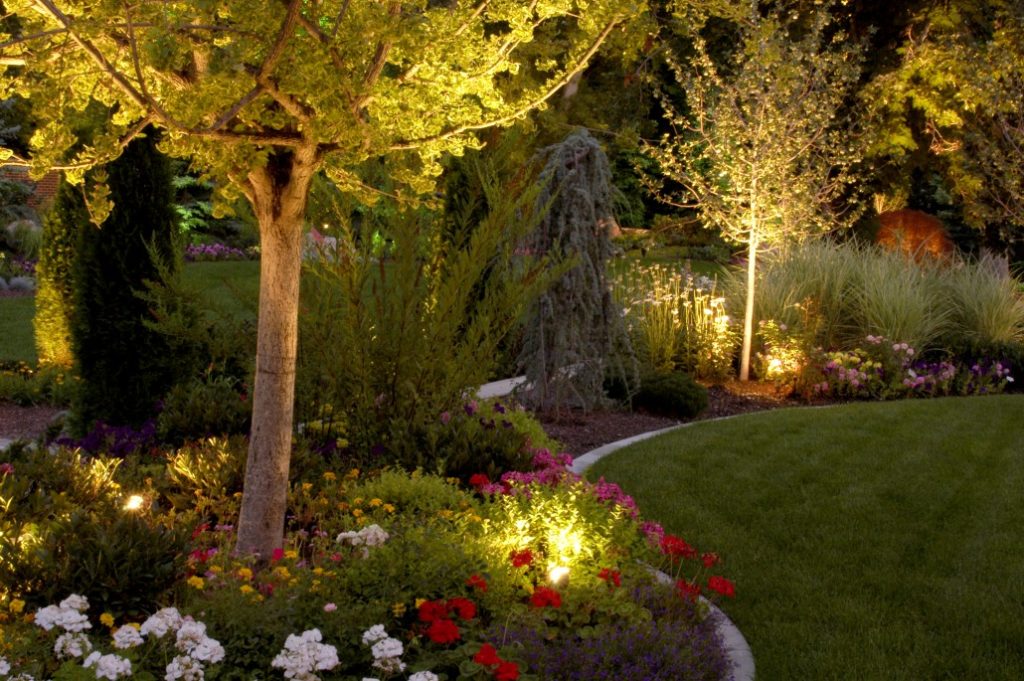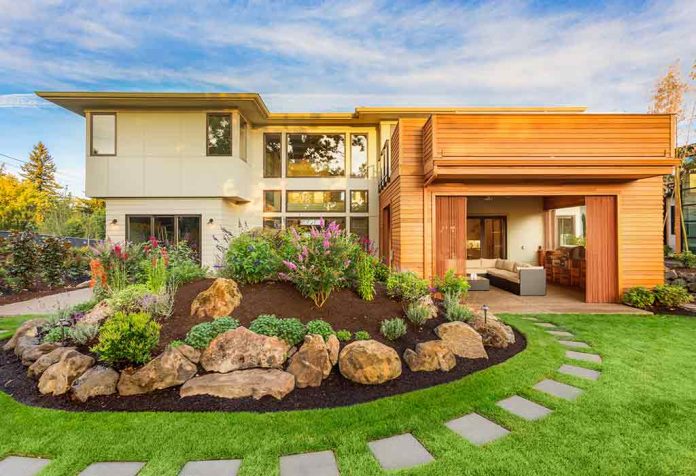Creating a beautiful yard can transform your home’s exterior and provide a personal oasis for relaxation and enjoyment. Whether you’re starting with a blank slate or looking to revamp an existing space, landscape design can seem overwhelming for beginners. This guide will walk you through the basics of landscape design, offering practical tips and inspiration to help you create a stunning outdoor space.
Understanding the Basics of Landscape Design
Before diving into plant selection and layout, it’s essential to understand the fundamental principles of landscape design. These principles will guide your decisions and help create a cohesive and aesthetically pleasing yard.

Key Principles of Landscape Design
- Unity: Aim for a harmonious design where all elements work together to create a cohesive look. This can be achieved through consistent plant selection, color schemes, and design styles.
- Balance: Balance can be symmetrical (formal) or asymmetrical (informal), providing a sense of stability and structure to your design.
- Proportion: Consider the size of plants, structures, and decorative elements in relation to each other and to the overall space.
- Rhythm and Repetition: Create visual interest and a sense of movement by repeating patterns, colors, or plant types throughout the design.
- Focal Points: Use focal points like a beautiful tree, water feature, or garden sculpture to draw the eye and add interest.
Planning Your Landscape Design
Proper planning is crucial to successful landscape design. Start by assessing your yard and determining your goals.
Assess Your Space
- Analyze the Site: Take note of sun exposure, soil type, drainage, and existing features. This information will influence your plant choices and layout.
- Identify Problem Areas: Look for areas that need improvement, such as poor drainage spots, unsightly views, or neglected corners.
- Measure and Map: Create a simple sketch of your yard with measurements. Include existing elements like trees, structures, and pathways.
Determine Your Goals
- Purpose: Decide how you want to use your yard. Are you looking for a relaxing retreat, a space for entertaining, or a play area for children and pets?
- Style: Consider the architectural style of your home and your personal preferences. Do you prefer a modern, minimalist look, a lush and tropical vibe, or a classic, formal garden?
- Budget: Establish a budget for your project. This will help you prioritize features and make cost-effective choices.

Designing Your Landscape
With a clear understanding of your space and goals, you can start designing your landscape. Here are the essential steps:
Creating a Layout
- Functional Zones: Divide your yard into functional zones such as entertainment areas, garden beds, play spaces, and utility zones (e.g., compost, shed).
- Paths and Walkways: Plan paths to connect different areas of your yard. Consider materials like gravel, stone, or pavers to create attractive and practical walkways.
- Seating and Entertaining Areas: Designate areas for seating, dining, or lounging. Incorporate patios, decks, or pergolas to create comfortable outdoor living spaces.
Selecting Plants
- Right Plant, Right Place: Choose plants suited to your climate, soil, and sun exposure. Native plants are often the best choice as they are adapted to local conditions.
- Layering: Arrange plants in layers, with taller plants in the back and shorter ones in the front. This creates depth and visual interest.
- Color and Texture: Select plants with varying colors, textures, and bloom times to ensure year-round interest.

Adding Finishing Touches
- Lighting: Incorporate outdoor lighting to enhance safety and create ambiance. Use path lights, string lights, or uplighting to highlight features.
- Water Features: Consider adding a water feature like a fountain, pond, or birdbath to add a soothing element to your yard.
- Decorative Elements: Personalize your space with garden art, sculptures, or decorative planters. These elements add character and reflect your style.
Maintaining Your Landscape
A beautiful yard requires regular maintenance to stay healthy and vibrant. Here are some basic maintenance tips:
- Watering: Water plants according to their needs. Newly planted areas require more frequent watering until established.
- Weeding: Keep weeds under control to prevent competition for nutrients and water.
- Pruning: Regularly prune plants to maintain their shape and health. Remove dead or diseased branches promptly.
- Mulching: Apply mulch to retain moisture, regulate soil temperature, and reduce weeds.
Conclusion
Creating a beautiful yard through landscape design is a rewarding project that enhances your home’s curb appeal and provides a personal sanctuary. By understanding the basics, planning carefully, and maintaining your design, you can transform your outdoor space into a stunning landscape that you’ll enjoy for years to come.





